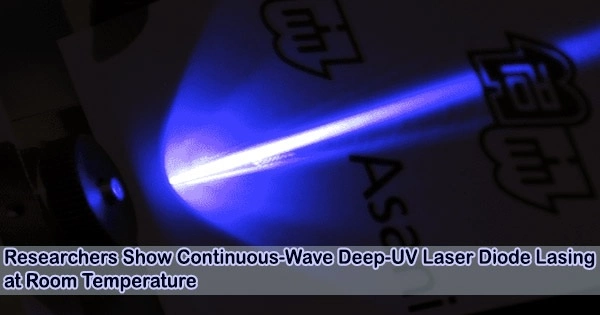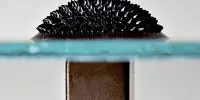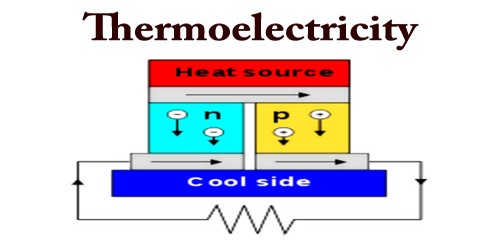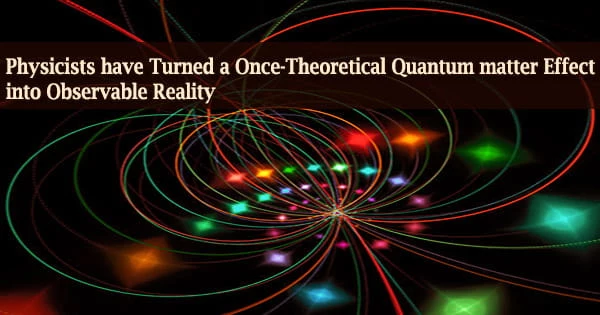In partnership with Asahi Kasei Corporation, a research team led by 2014 Nobel laureate Hiroshi Amano at Nagoya University’s Institute of Materials and Systems for Sustainability (IMaSS) in central Japan has successfully carried out the first room-temperature continuous-wave lasing of a deep-ultraviolet laser diode (wavelengths down to UV-C region).
These findings, which were published in Applied Physics Letters, mark an important step toward the general use of a technology with the potential for numerous uses, such as sterilization and medicine.
After decades of research and development since their introduction in the 1960s, laser diodes (LDs) have finally been successfully commercialized for a variety of applications with wavelengths spanning from infrared to blue-violet.
Examples of this technology include blue-ray discs that use ultraviolet LDs and optical communications devices employing infrared LDs. However, nobody was able to create deep ultraviolet LDs despite the efforts of research teams from all over the world.
After 2007, technology for creating aluminum nitride (AlN) substrates, the perfect material for producing aluminum gallium nitride (AlGaN) film for UV light-emitting devices, emerged.
Starting in 2017, Professor Amano’s research group, in cooperation with Asahi Kasei, the company that provided 2-inch AlN substrates, began developing a deep-ultraviolet LD. The development of UV-C laser diodes was initially halted because it was too difficult to feed enough current into the device.
Unlike the current LED sterilization methods, which are time-inefficient, lasers can disinfect large areas in a short time and over long distances.
Zhang Ziyi
But in 2019, the study team used a polarization-induced doping approach to successfully resolve this issue. They created a short-wavelength UV-C LD for the first time that uses brief current pulses to operate.
However, the input power required for these current pulses was 5.2 W. This was too high since the power would cause the diode to soon heat up and halt lasing, which would prevent continuous-wave lasing.
Scientists from Nagoya University have recently altered the device’s structure and Asahi Kasei, which has decreased the driving power required for the laser to run at only 1.1W at ambient temperature.
Because earlier devices couldn’t provide efficient current routes due to crystal flaws that happen at the laser stripe, it was discovered that they needed a lot of power to operate. However, the researchers discovered that the strong crystal strain is what causes these flaws in this investigation.
They successfully suppressed the flaws, achieving effective current flow to the active region of the laser diode and lowering the operating power by creative tailoring of the side walls of the laser stripe.
Nagoya University’s industry-academic cooperation platform, called the Center for Integrated Research of Future Electronics, Transformative Electronics Facilities (C-TEFs), made possible the development of the new UV laser technology.
C-TEFs give researchers from organizations like Asahi Kasei access to cutting-edge facilities on the Nagoya University campus, giving them the personnel and resources they need to create dependable, high-quality devices. Zhang Ziyi, a representative of the research team, was in his second year at Asahi Kasei when he became involved in the project’s founding.
“I wanted to do something new,” he said in an interview. “Back then everyone assumed that the deep ultraviolet laser diode was an impossibility, but Professor Amano told me, ‘We have made it to the blue laser, now is the time for ultraviolet’.”
This study marks a turning point in the practical use and advancement of semiconductor lasers throughout the whole spectrum of wavelengths. In the future, UV-C LDs might be used in high-definition laser processing, virus detection, particulate measurement, and gas analysis.
“Its application to sterilization technology could be groundbreaking,” Zhang said. “Unlike the current LED sterilization methods, which are time-inefficient, lasers can disinfect large areas in a short time and over long distances.”
Particularly surgeons and nurses who require sterile operating rooms and tap water could profit from this device.
















